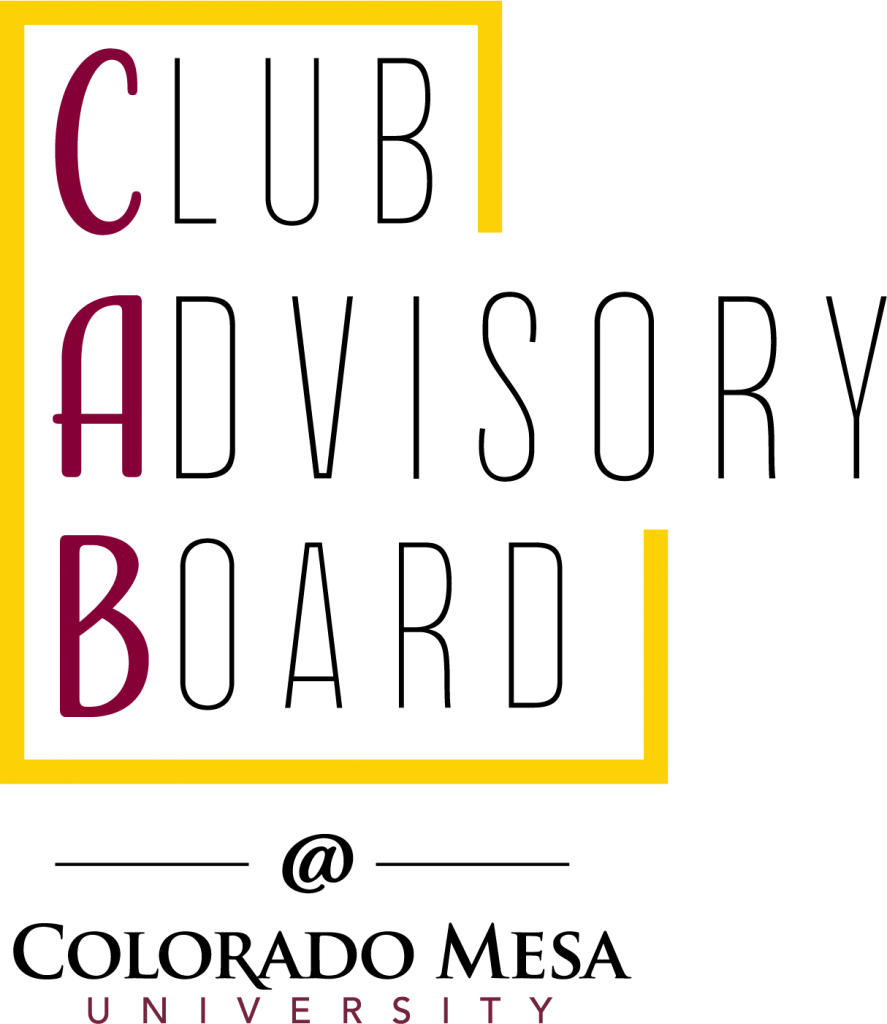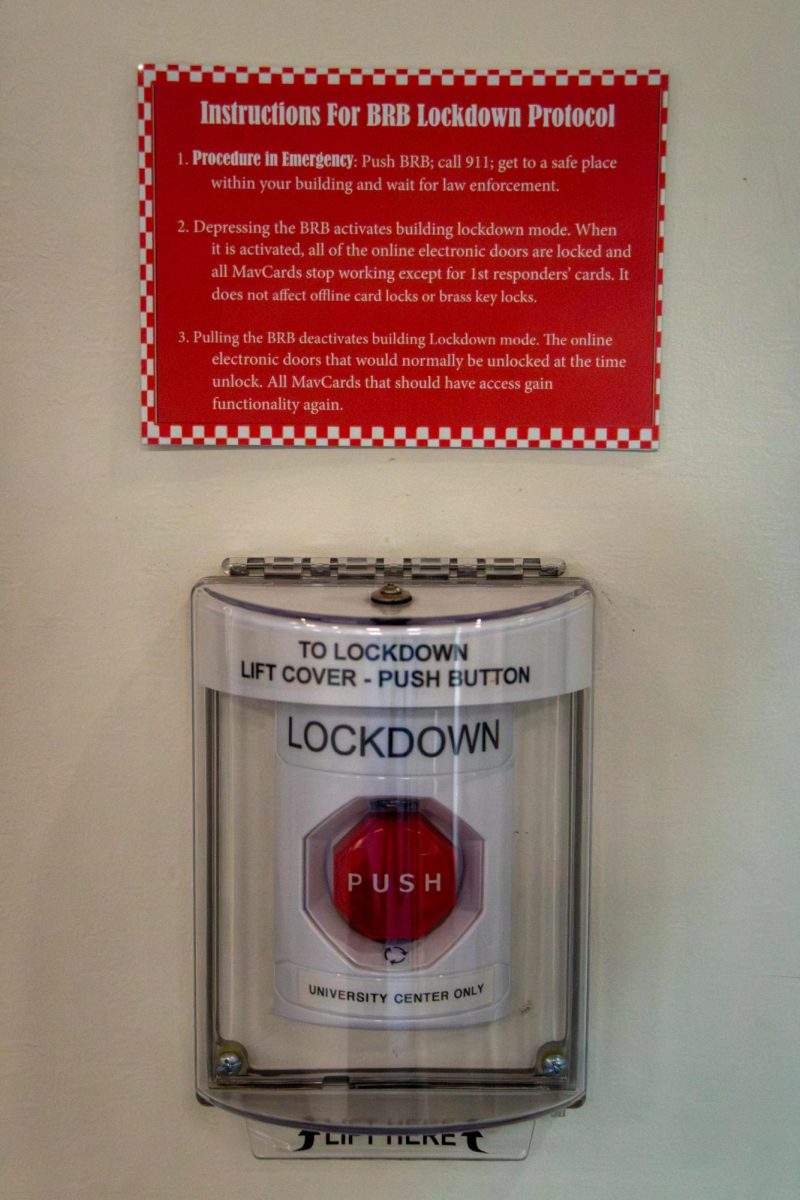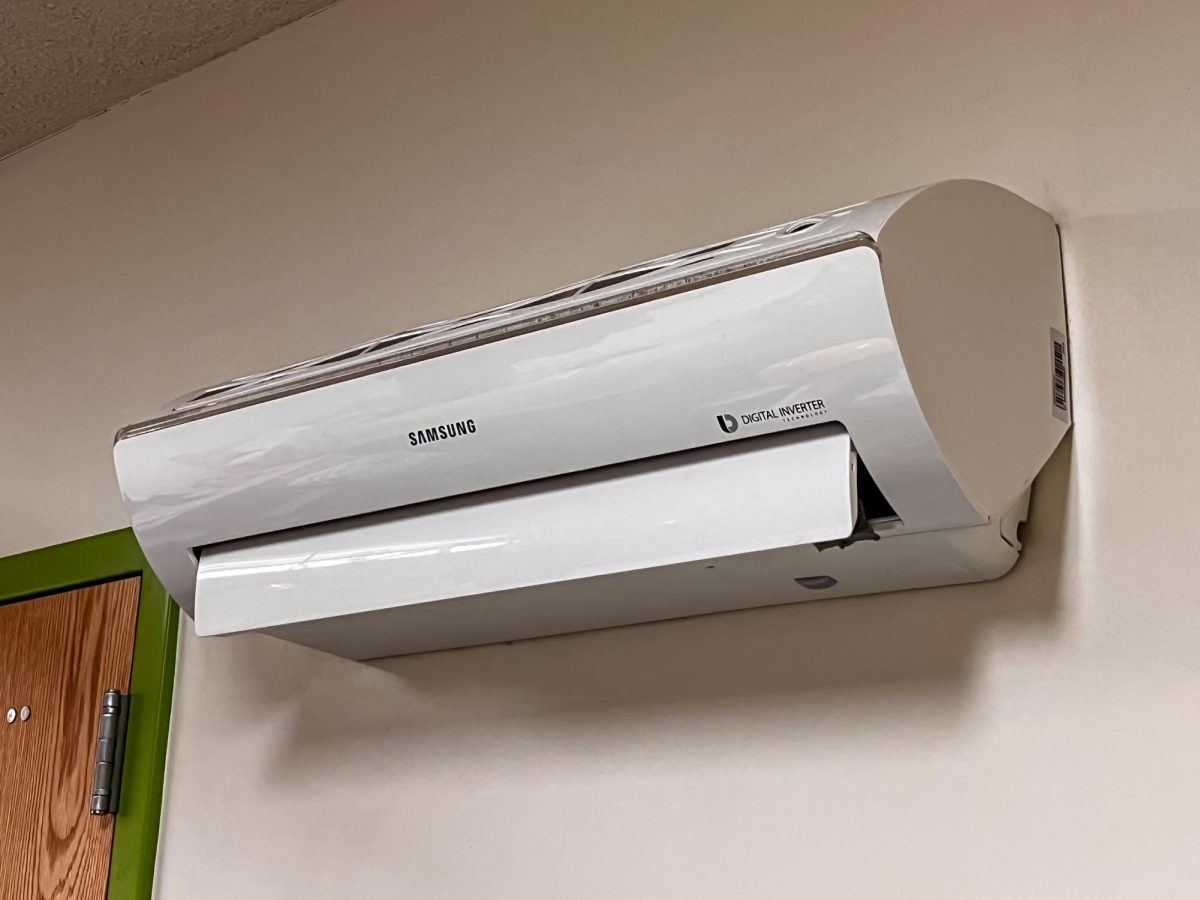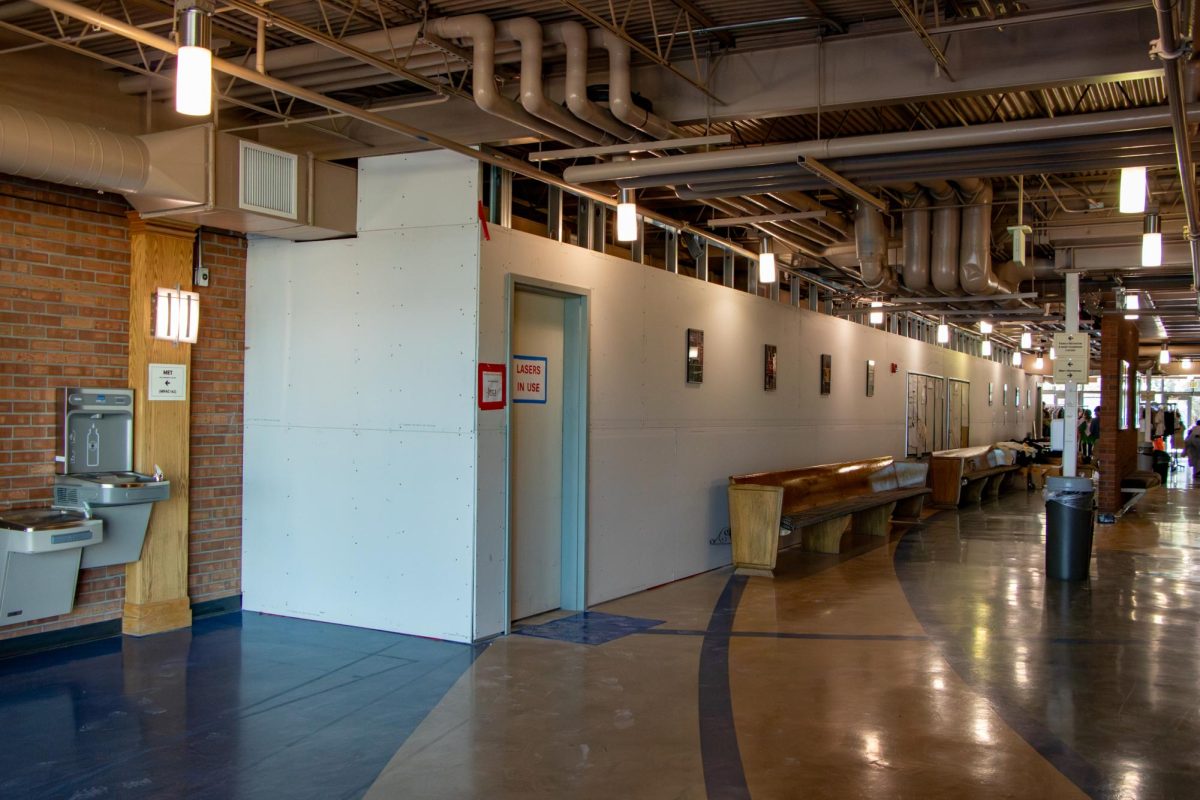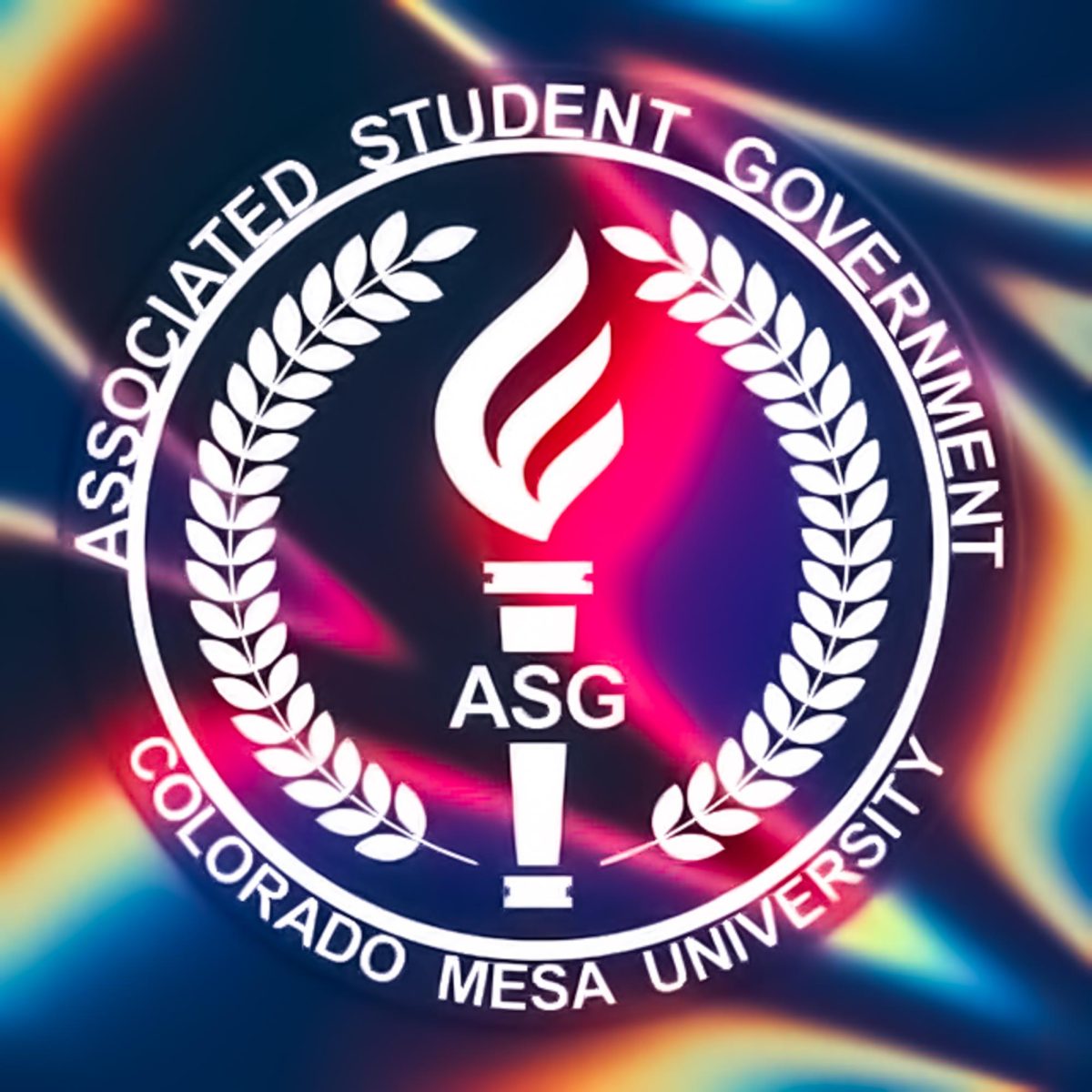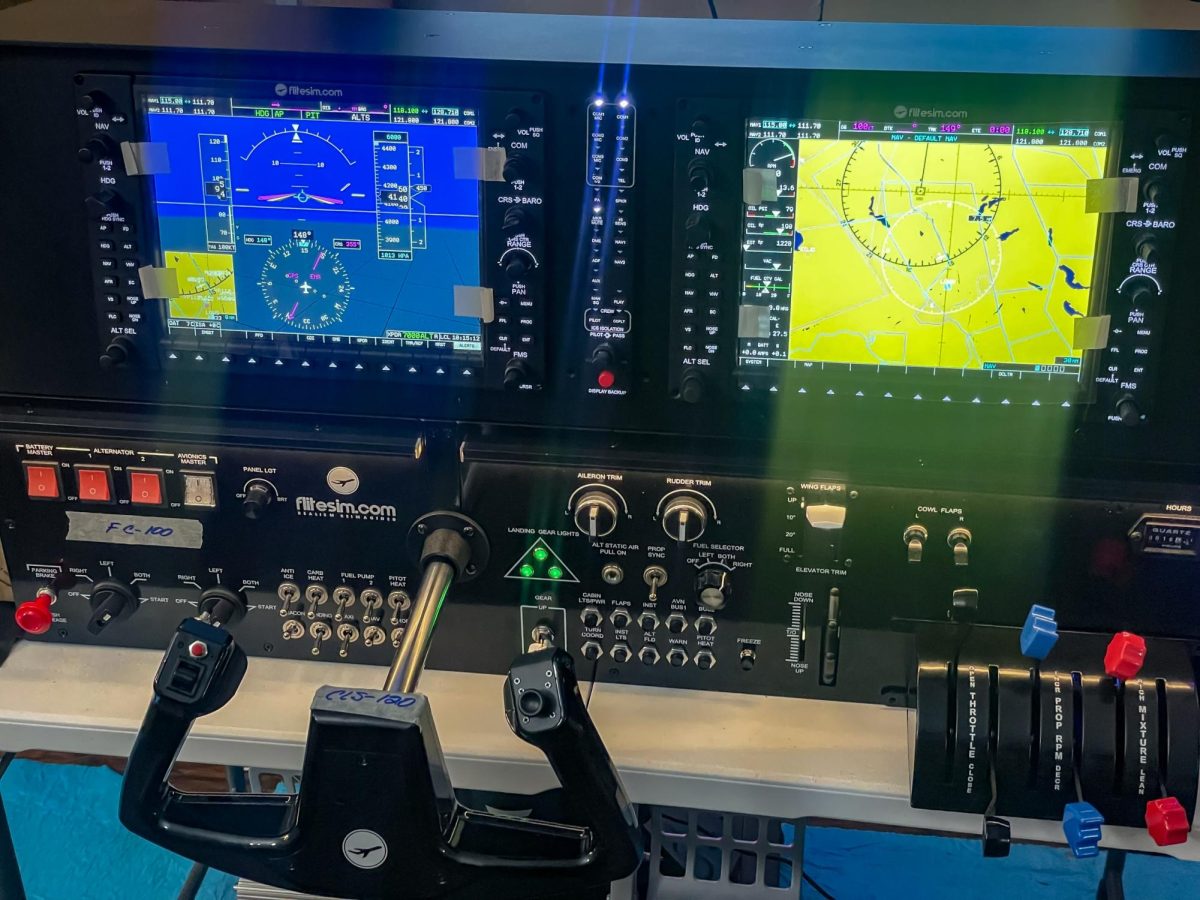Each semester at Colorado Mesa University (CMU) sees new clubs start up. Fall 2021 alone saw around 15 new clubs approved, up from the average.
The process of getting a club started isn’t necessarily complicated, but keeping a club successful and running is a much longer and more dedicated process.
“It’s pretty simple to start a club, you just need three people total and an advisor, which would be a CMU faculty or staff member,” Club Activities Board (CAB) Director and Financial Advisor Shelby Rios said. “From there, you can just meet with me or any of the other CAB officers [in Student Life] and we will get the club started on making a constitution and getting a Presence page pulled up.”
Once a club has been established with CAB, the focus shifts to promotion and advertising. There’s a slew of avenues for different clubs to advertise, including commissioning the Campus Design Studio (CDS) for posters, fundraising and manning tables in the University Center (UC).
“I’d say the hardest thing to keep going is advertising,” Rios said. “A lot of clubs don’t utilize CDS, or the fact that they can put out posters and put those around campus and multiple buildings besides the University Center, which is obviously one of the most popular ones.”
In addition to posters, CAB’s Instagram promotes clubs, and manning tables is highly encouraged for smaller clubs, given the traffic that the UC has during specific hours of the day.
Some of the most popular and active clubs on campus include Graduate Education in Medical Sciences (GEMS), the Forensic Science Club, Circle K, Radiology Club, and Mesa Motorsports.
Many different clubs go on field trips or to conferences, which can get expensive quickly. Fundraising is often crucial to make sure a trip can be carried out, as the prohibitive costs of travel and lodging are often a burden on the students making the trip.
“For new clubs, it is a little harder [to fundraise] because they most of the time don’t start off with hundreds of dollars in their accounts like other clubs that have formally been here for years. For new clubs, I would suggest fundraising as much as possible,” Rios said.
To raise money, members of the club can also volunteer to drive for MavRides, the campus service that provides student rides on certain nights.
When a club wants to drive for MavRides, they pick from available nights during the month. Volunteering for a night of driving nets the club $40, with the opportunity for more, which can add up over the nights.
Another common situation clubs find themselves in is continuing on after the founder has left, although many times it’s not a big problem.
“Usually what I see going on is that the current president has someone in mind [to take over], or they have enough members so that they have an idea of which members are going to be the next leader,” Rios said.



